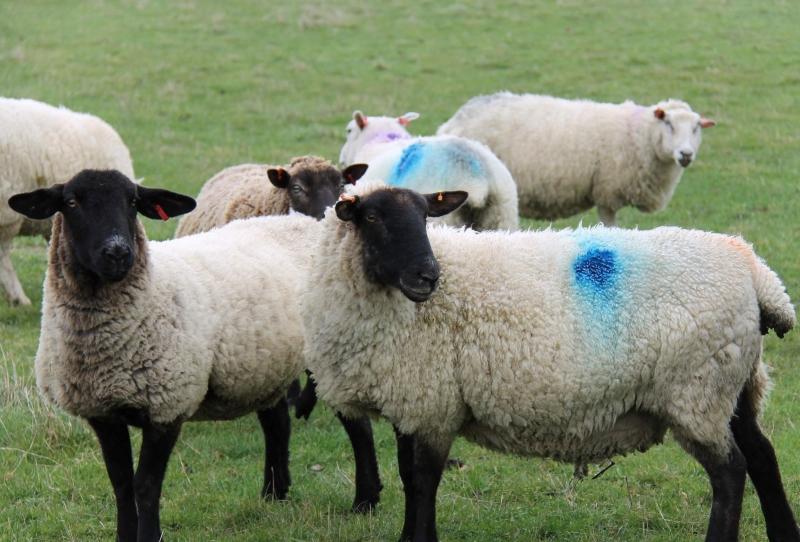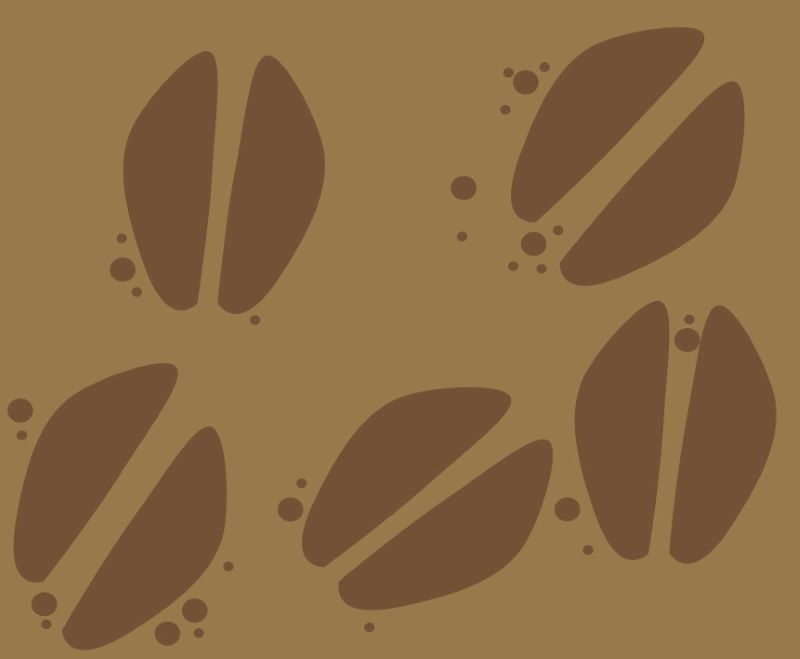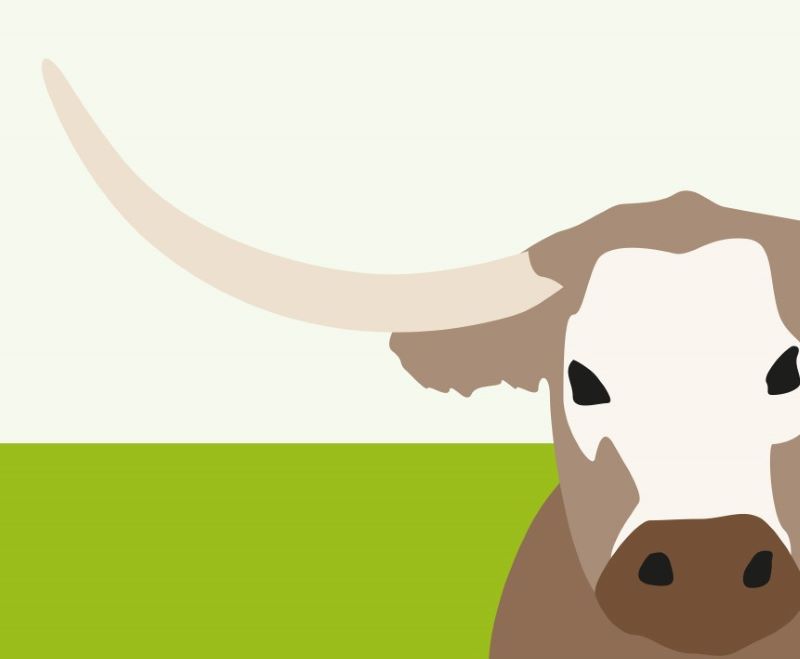
The benefits of conservation grazing
At the Heart of England Forest we believe that farming and forestry can flourish together. Work is underway to develop and showcase effective agroforestry, and visitors will begin to see more livestock on some of our walks as conservation grazing becomes more widespread across the Forest.
Farming and the Forest
Set deep in rural Warwickshire and Worcestershire, the Heart of England Forest spans an area with strong agricultural history. Whilst you will be familiar with our woodland creation ambitions and tree planting goals, it may come as a surprise that the Forest also has a working farm.
With approaching 200 cattle, including a herd of pedigree longhorn cattle, and over 300 sheep, the farm is an integral part of the charity, running hand in hand with forestry.
The benefits of conservation grazing
Grazing animals have been used to shape our landscape for hundreds of years, and they are often the most effective and sustainable way of maintaining habitats to ensure they remain rich in wildlife. They bring a number of benefits:
Selective Eating
Bred for their hardiness, they often prefer to eat the dominant plant species. This leaves space for a variety of other species to become established, leading to a wider diversity of plants.

Rooting and trampling
Some ground disturbance is beneficial, providing new habitats for warmth- loving reptiles and invertebrates, and creating safe spots for new seedlings to flourish.

Lying and pushing
The weight of the animals has a positive effect on the ground plants and rolling spots can help to increase this mosaic. The horns on the longhorn cattle and Jacob sheep will also help to control tough understorey plants such as brambles and bracken.

Poo!
Did you know that more than 250 species of insect can be found on British cowpats, which provide a vital source of food for birds, foxes, badgers, and even bats?

What animals might you see on your walks?
Sheep and cattle are visible from many of our public and permissive footpaths around Dorsington.
Our hardy Lleyn ewes are all white with a distinctive long face and make up the majority of our breeding flock. Often confused with goats, our Jacob sheep are perfect for conservation grazing, with horns that can disturb the understorey allowing light in. Thought to be the oldest sheep breed in the world, they are robust animals – long-lived with few disease problems, and easy to over winter outside – perfect additions to the forestry team!
Eagle-eyed walkers may spot the newest additions to our team this week – a mini flock of Hebridean sheep. They have different dietary preferences to other sheep, which makes them an ideal breed for conservation grazing, as they can thrive on vegetation with poor energy values and are therefore able to control dominant plant species in order to manage a fragile ecosystem.
Our longhorn cattle are very distinctive, due mainly, as their name suggests, to their long horns! They are a very gentle breed of cattle, and enjoy a diverse diet, so are ideal for conservation grazing, allowing us to maintain a diverse sward and not allow one particular species to take over.
Grazing in and around our trees
Regular walkers will be used to passing through pasture fields of our grazing animals, where they are easily spotted. However, as the Forest grows, we will be using groups of livestock to graze in and around our trees, so you may find they are in an area where you are not expecting them. Importantly, you won’t always be able to see them as they move in and around the trees.
Where we are grazing animals within the newer Forest areas, we will have signs on the gates, so please look out for these and make sure that your dog is on a lead in these areas – dogs will be more likely to spot our livestock before you do!
Our conservation grazing animals will move around areas of the Forest as we use different stocking density techniques to get the best results for our habitat management, so always be alert and look out for the signage even on regular walks.

Biodiversity Officer (Grassland) Emma Kersley talks about the importance of grassland management and conservation grazing:
How to behave around livestock
For many, seeing animals adds to the enjoyment of being out in the countryside, but for some it can be daunting to walk through a field where livestock are grazing. The Ramblers website has some useful do’s and don’ts when walking near livestock. Please shut gates and keep dogs on leads when walking through areas of the Forest with animals.
Farming the Forest way
Our livestock are nurtured in the most natural way possible. Not only are the standards we set ourselves incredibly high, but we are also an accredited organic farm. Read more about our ongoing commitment to organic farming.



